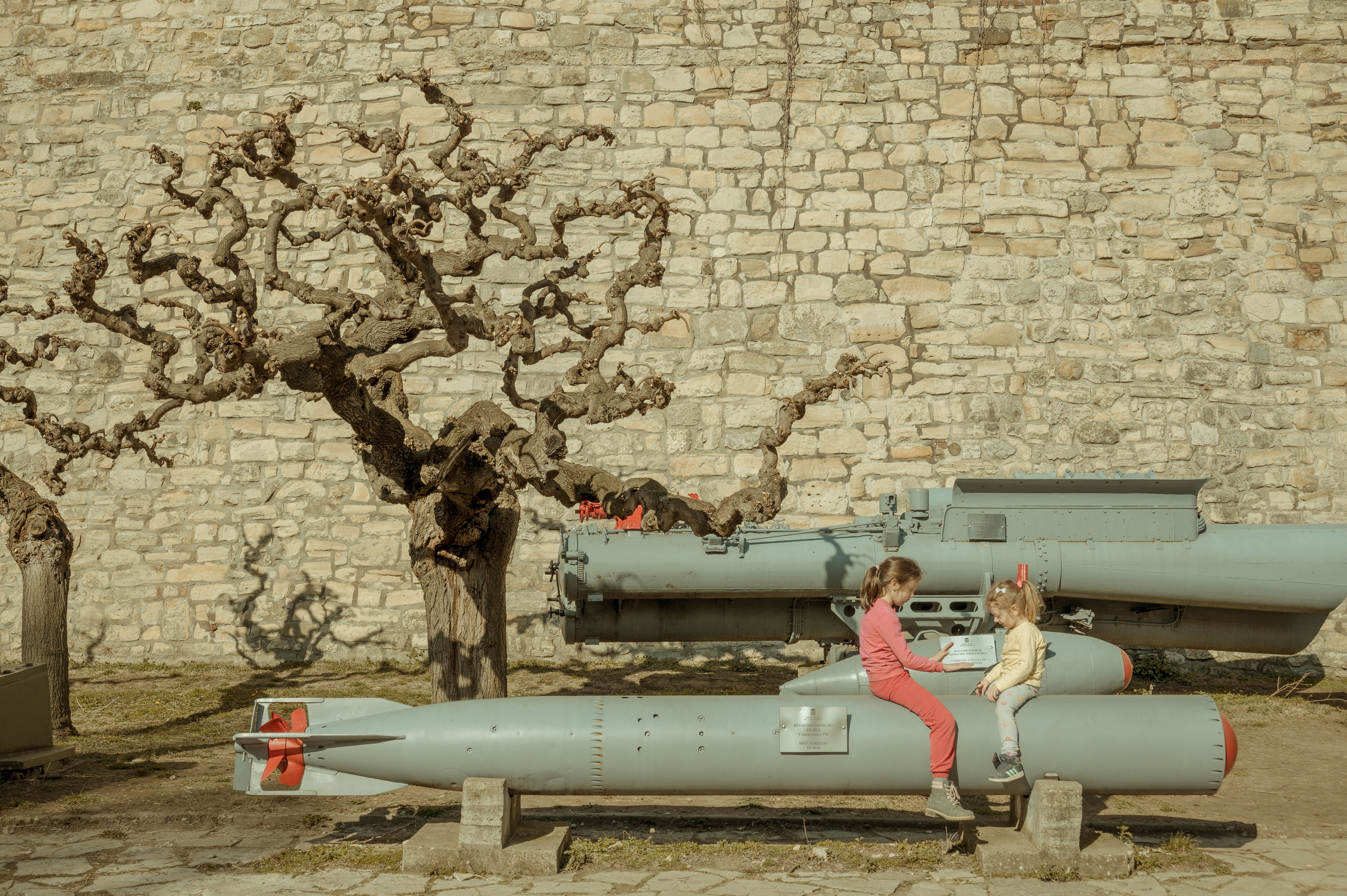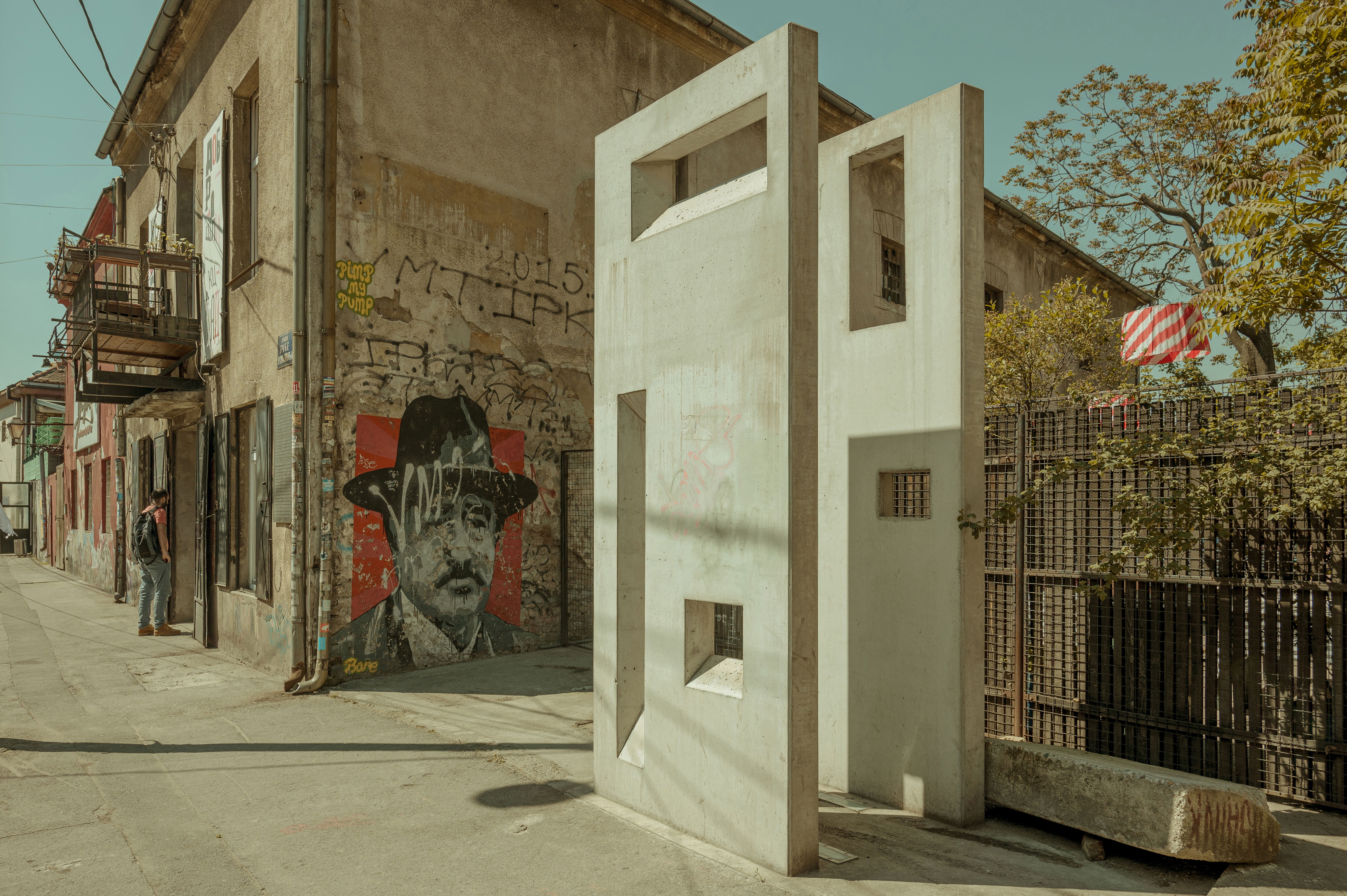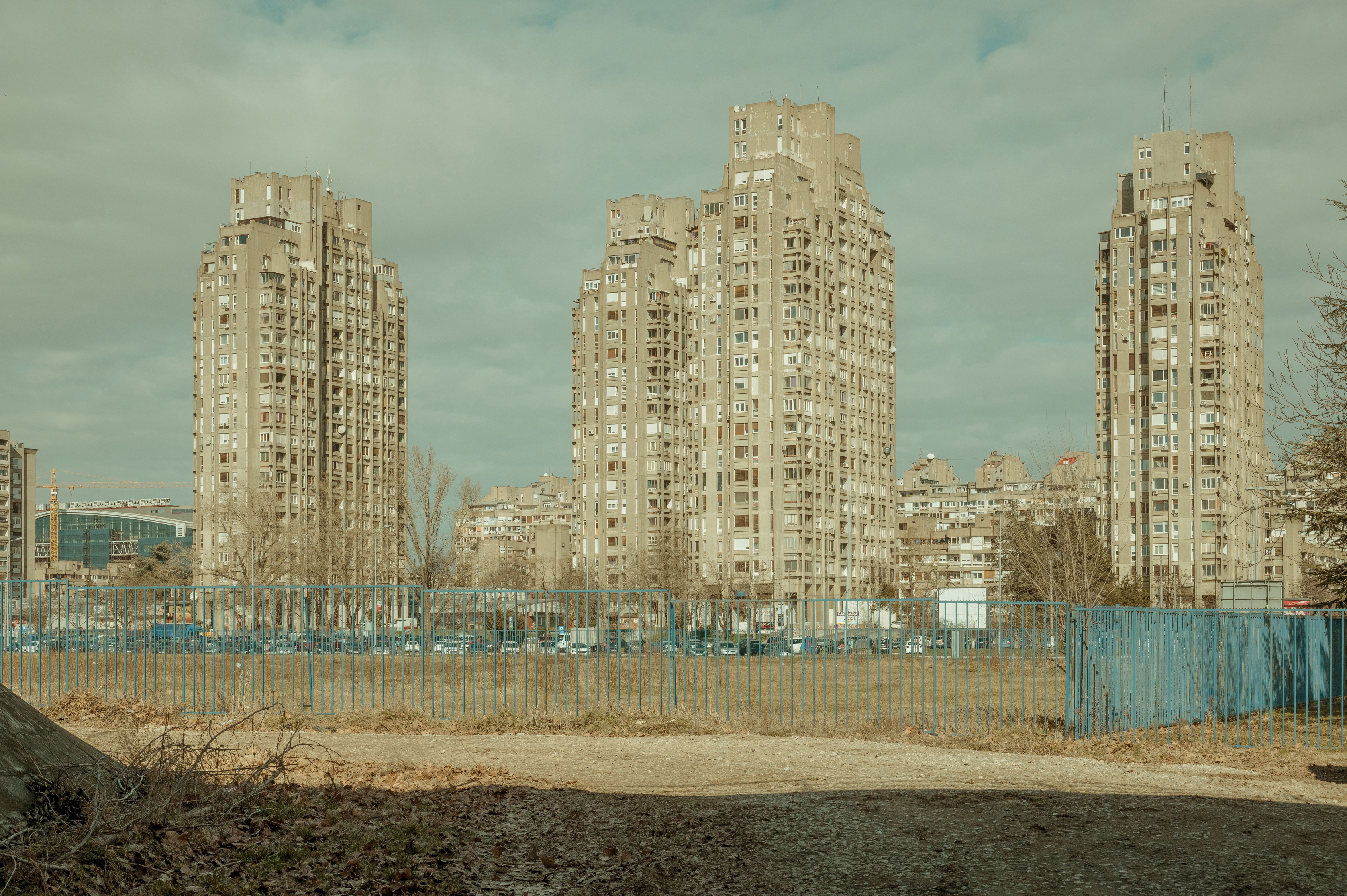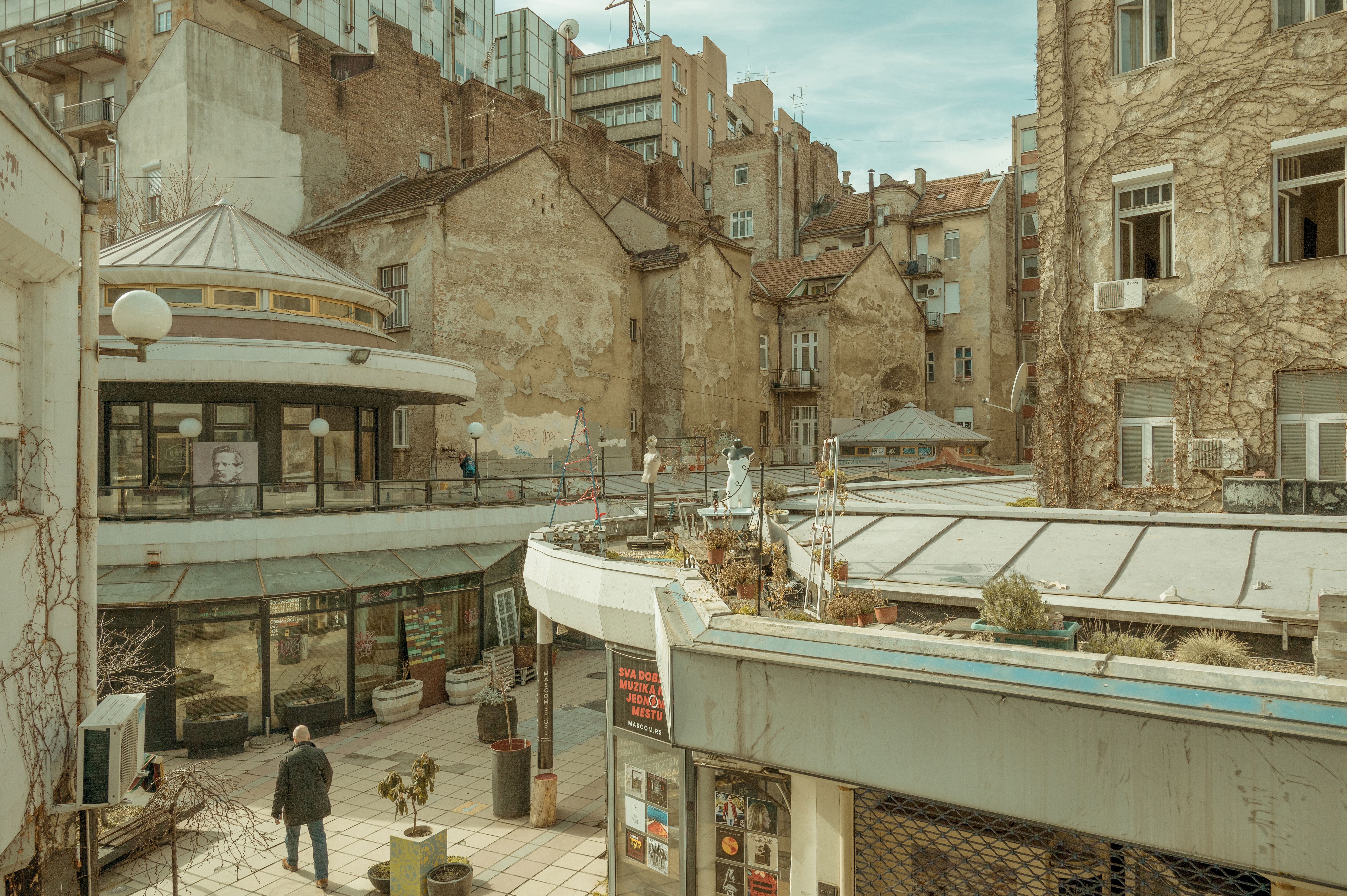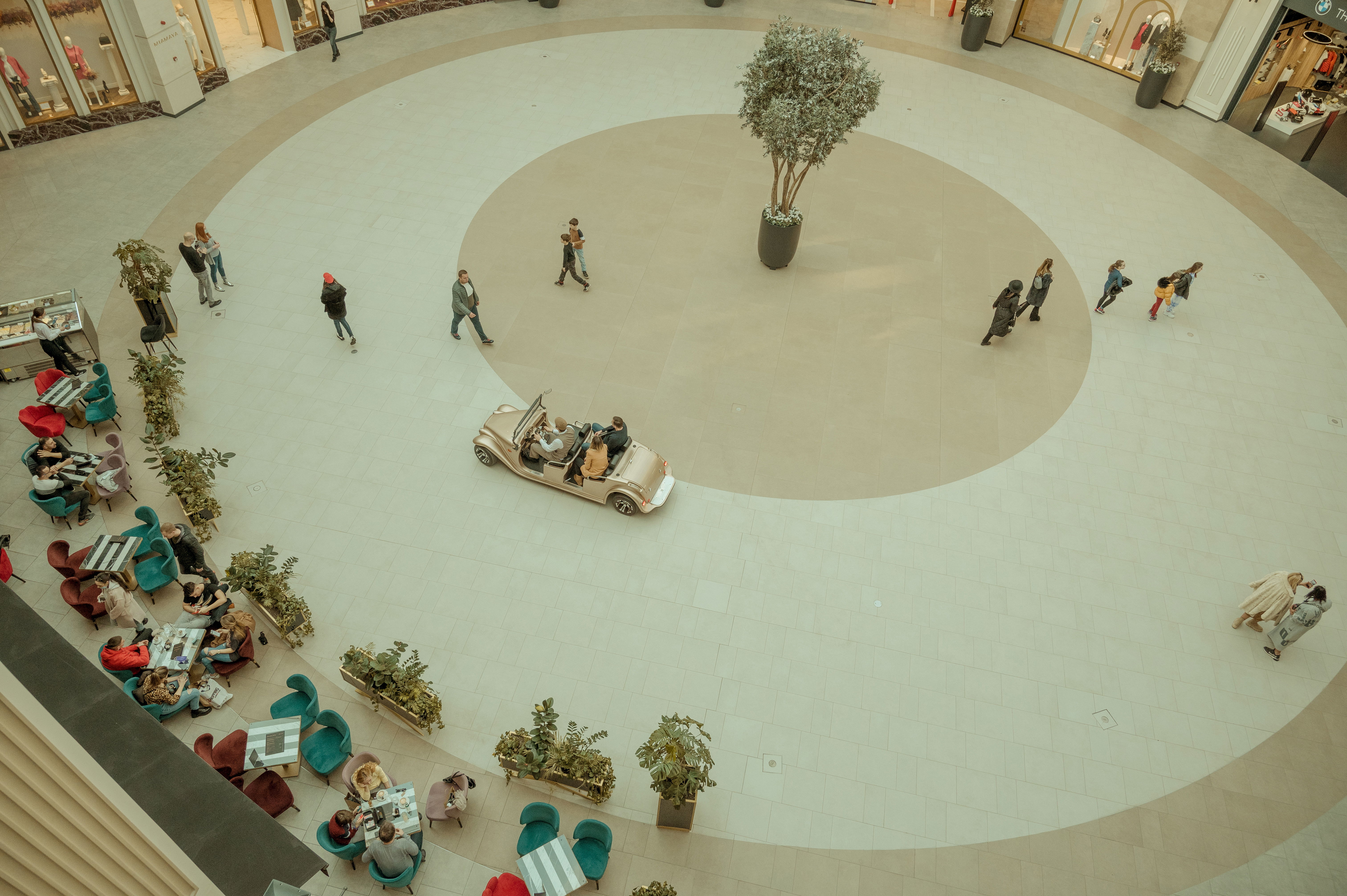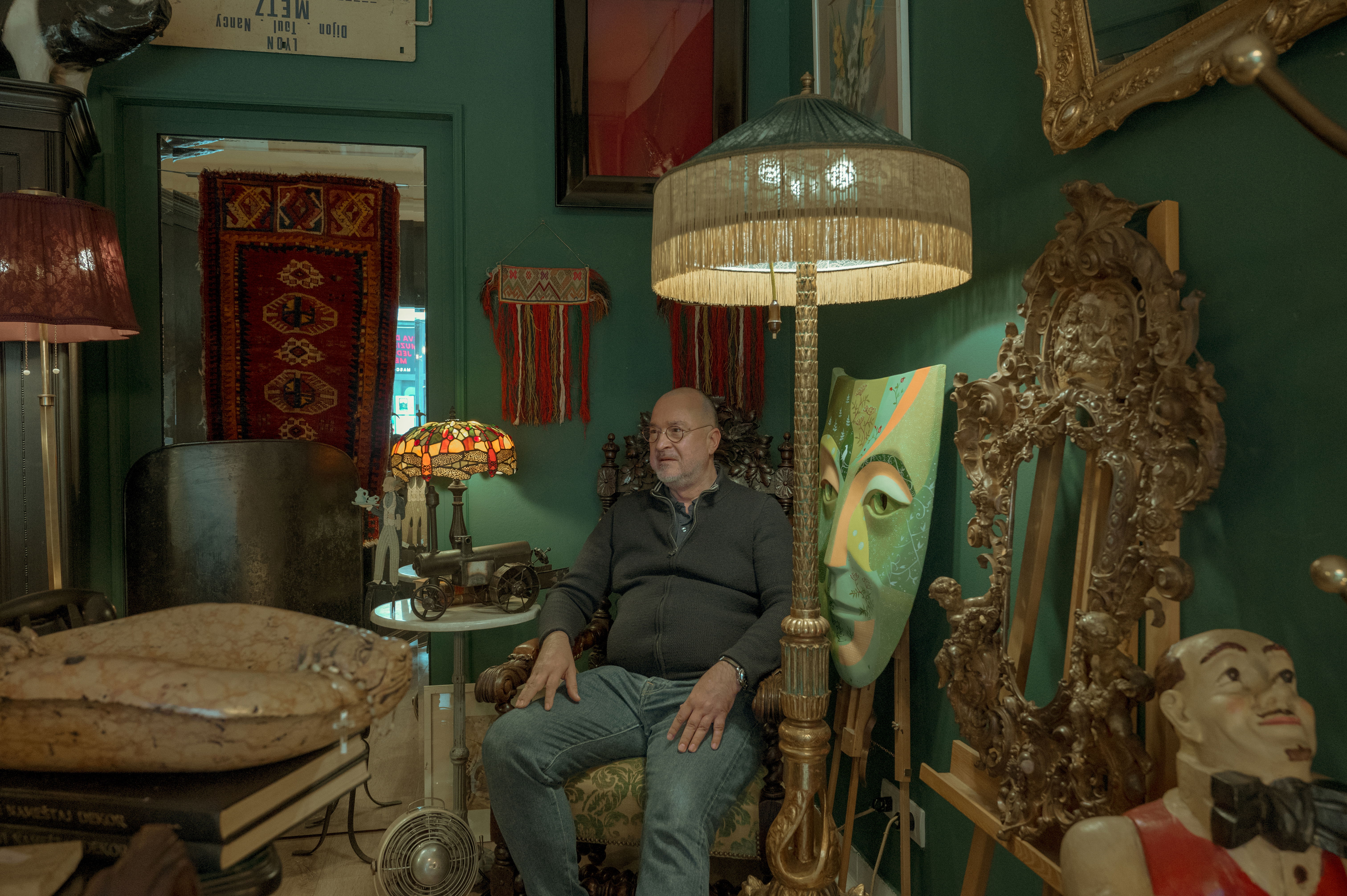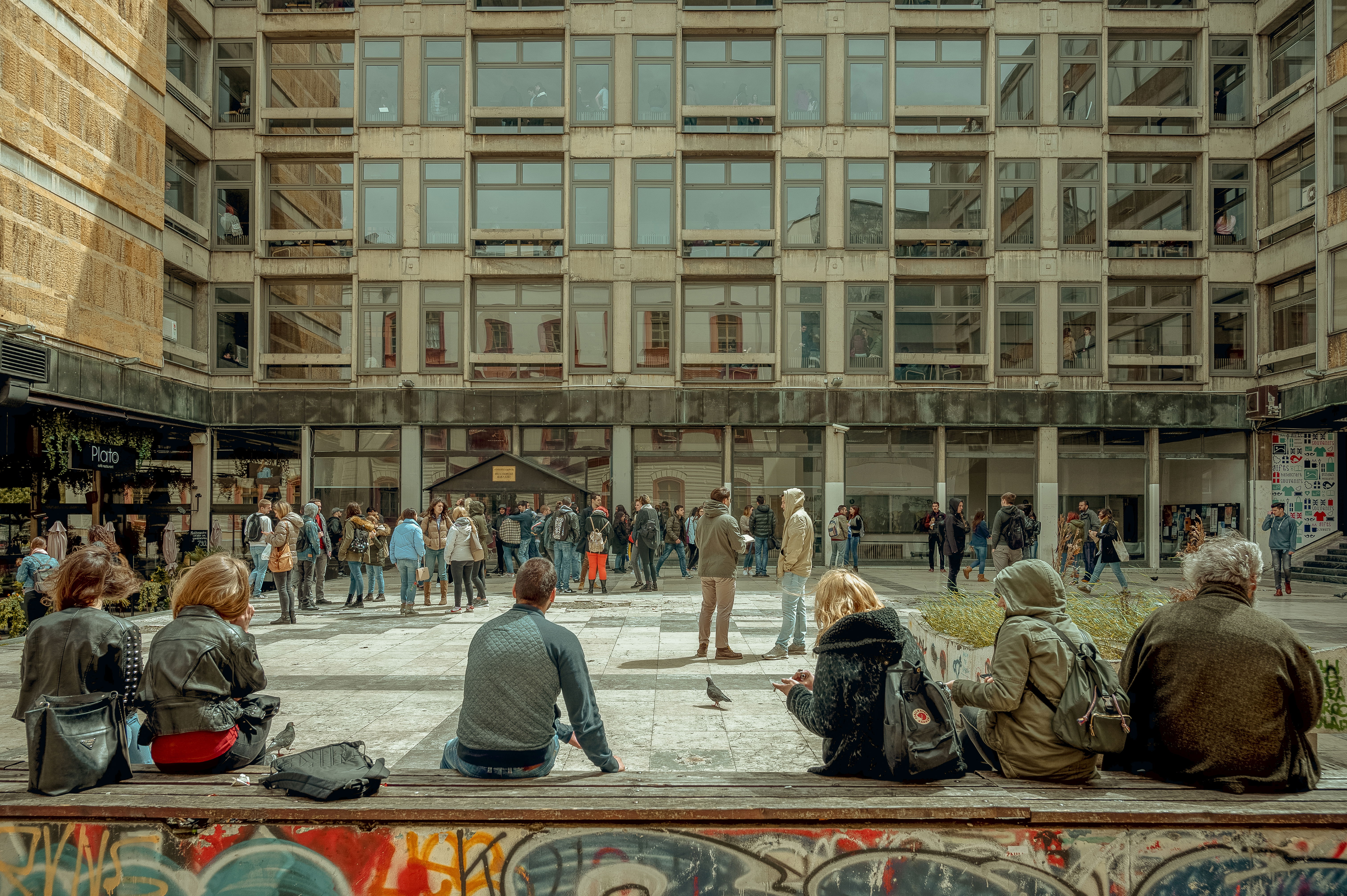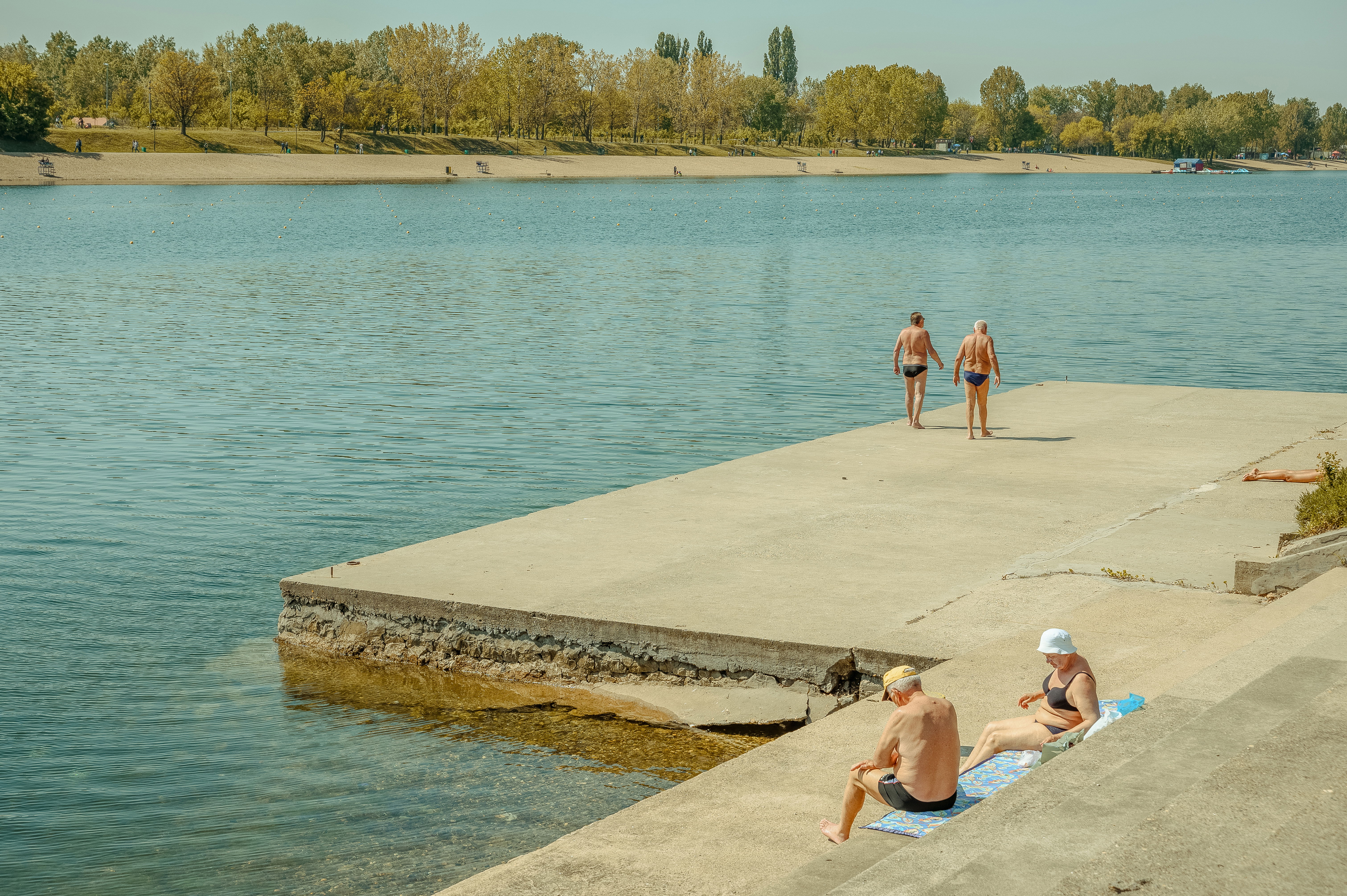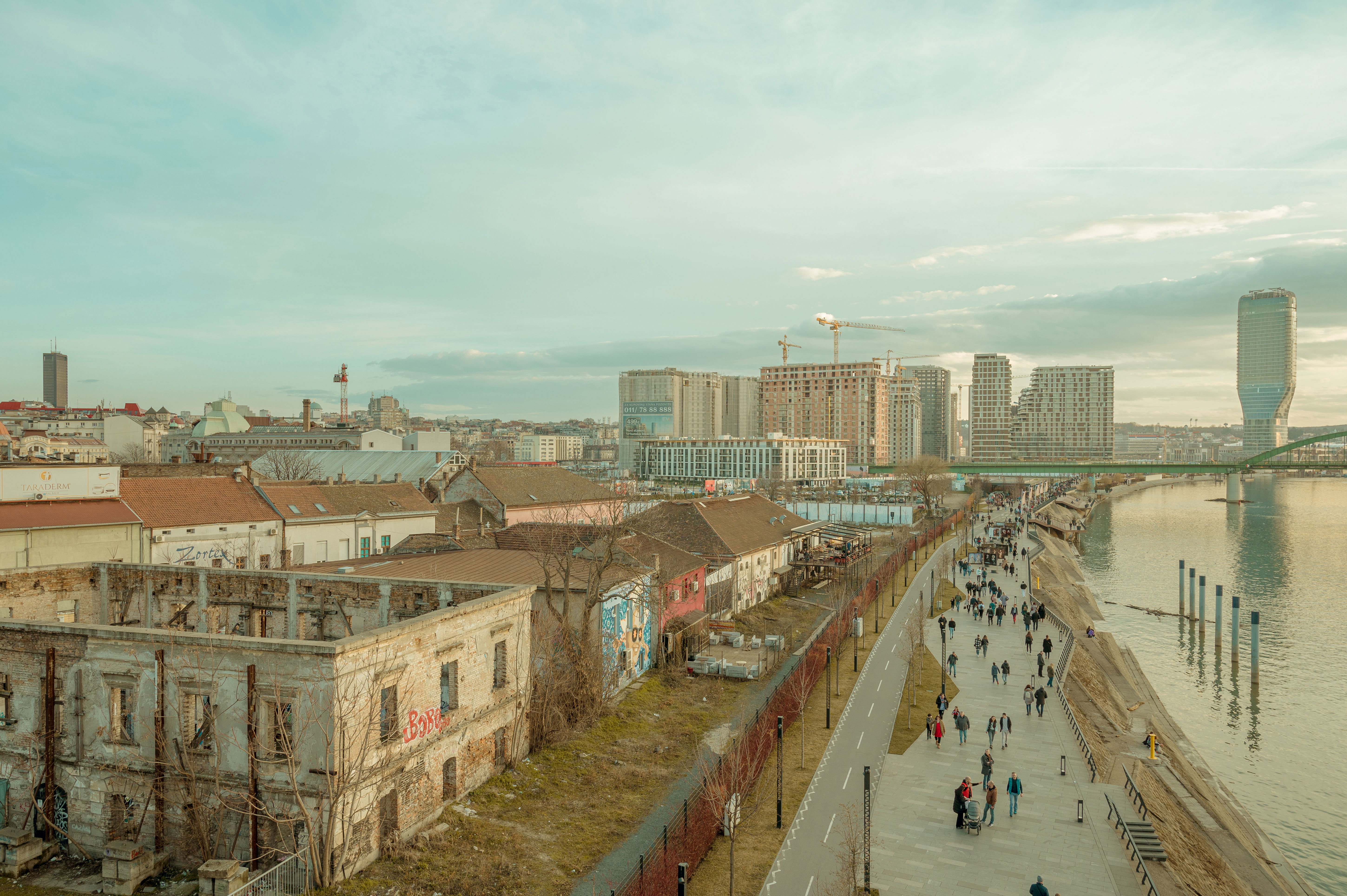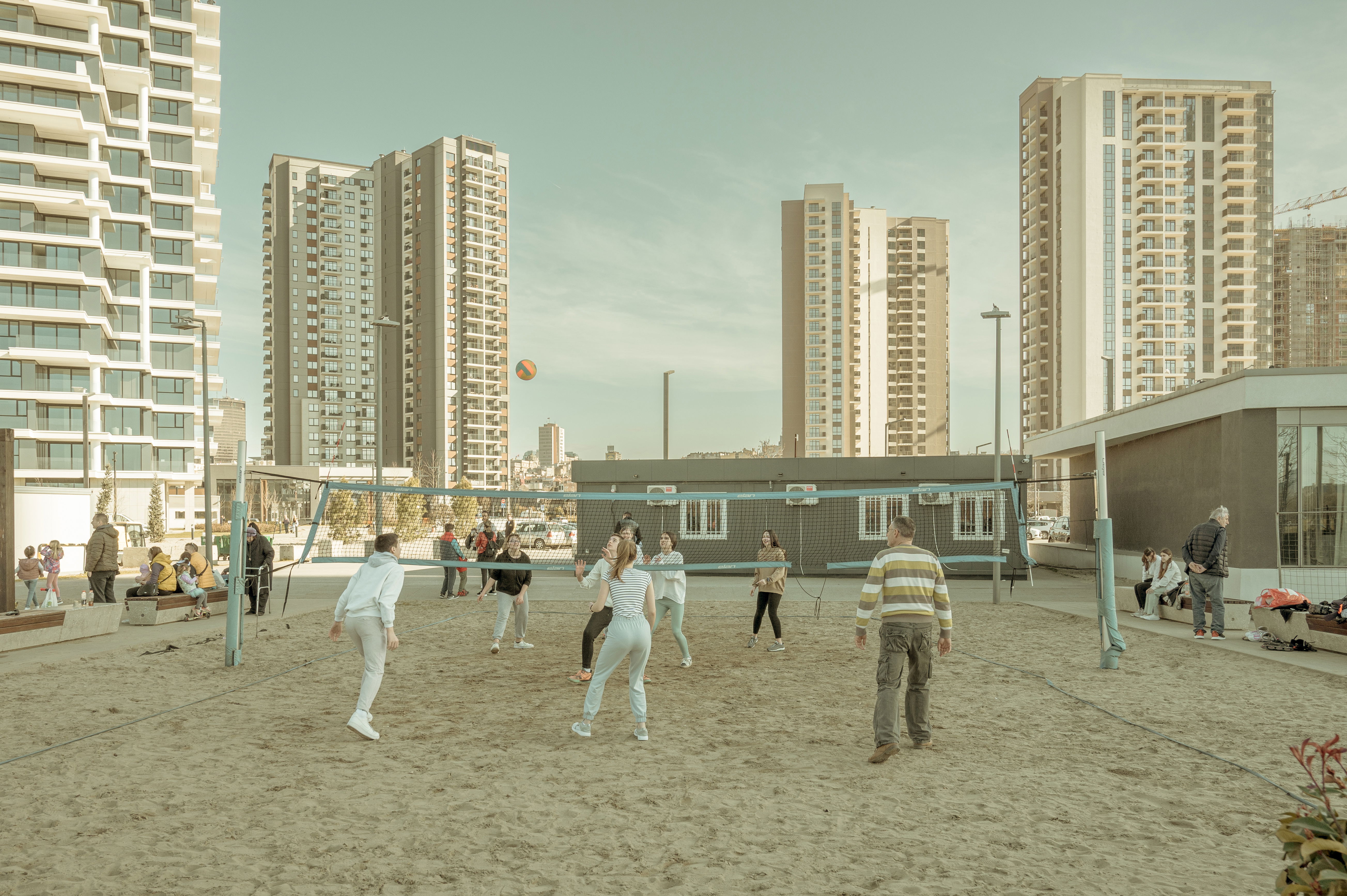Massimo Gorreri’s series and personal account from Serbia’s capital brings up discussions surrounding history, politics and modern globalization.
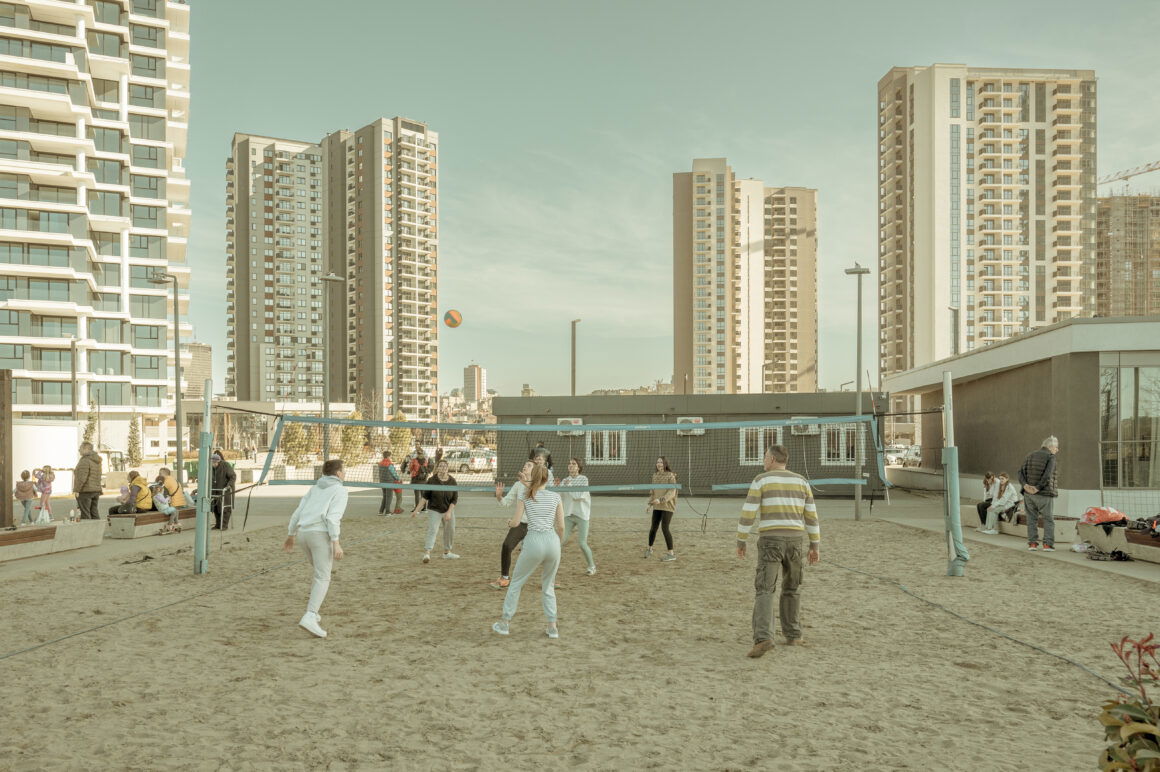
Documenting Belgrade – the Dubai of the Balkans By Massimo Gorreri
Photojournalist Massimo Gorreri visited Belgrade and documented its transformations. He shares his personal account, raising questions about post-Soviet culture and weighing the impacts of modern globalization. His series brings to light elements of Serbia’s capital that are at odds with each other, both nostalgic and futuristic, highlighting its past and imagining what lies ahead for the ‘Dubai of the Balkans.’
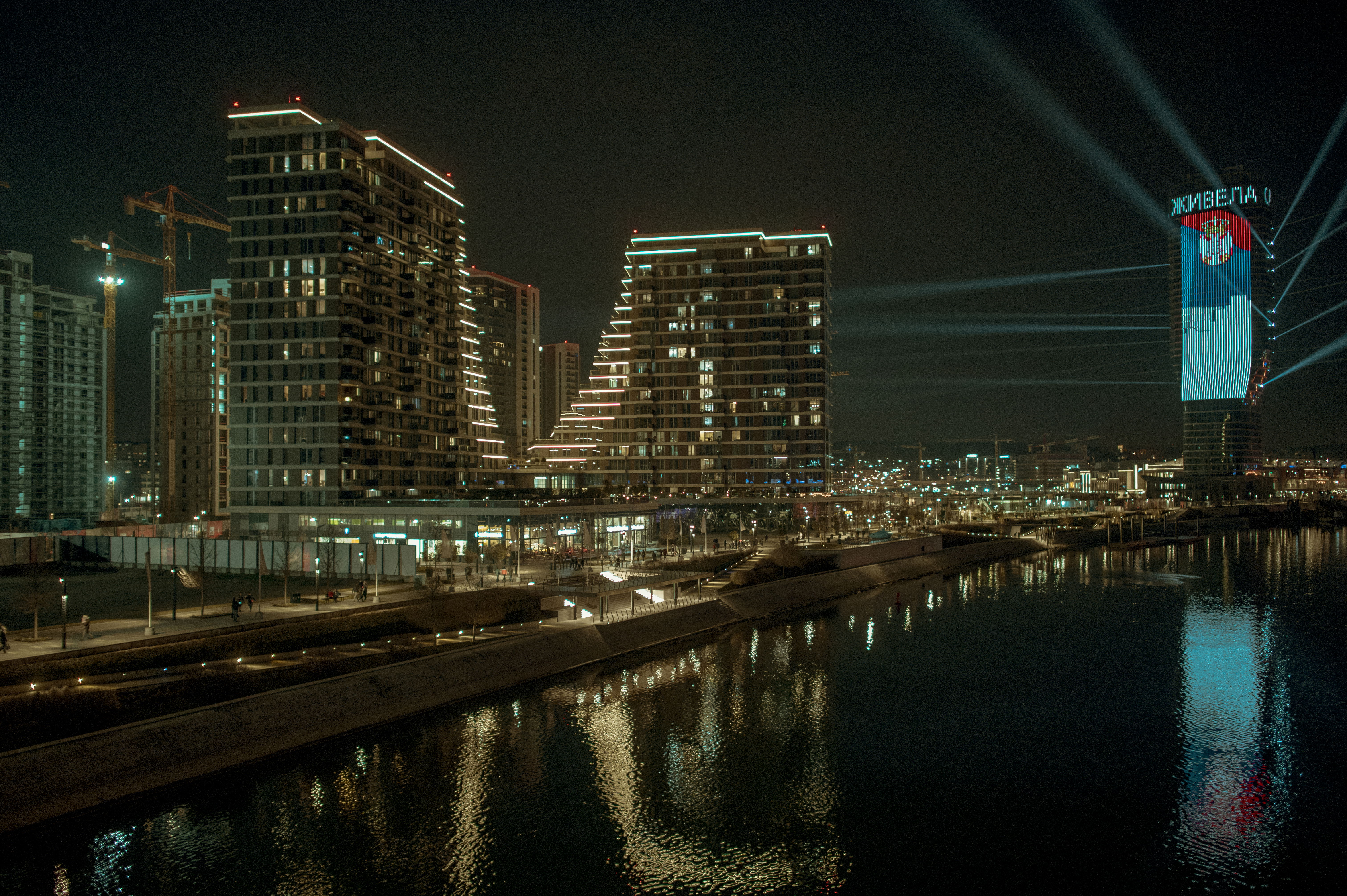
TAKE ME TO THE MOON
by Massimo Gorreri
After passing the 20th anniversary of the 1999 NATO bombing, Belgrade is striving to be reborn, showing a new face as a tourism capital – made up of nightlife, clubs and emerging artists.
Embraced by the two rivers Danube and Sava and skyscrapers popping up, one could say it is transforming into the Dubai of the Balkans. If in the common perception an antithetical place to the opulence of Dubai exists, it is the Balkan peninsula. In fact, it is precisely in Belgrade that the local government and the company of the United Arab Emirates ‘Eagle Hills’ are working with ‘Belgrade Waterfront’: an urban redevelopment project that involves the construction of hotels, apartments, luxury shops, and one of the largest shopping centers ever built, overlooked by one of the highest towers in Europe.
The ambition is to become a metropolis with a global dimension, to overcome decades of communist dictatorship, nationalism, war and bombs; but above all to open up to the world. The President of the Serbian Republic, Aleksandar Vucic, made a personal commitment: the city must “modernize” to resemble a large metropolis. On the contrary however, the political opposition argues that incompetence, kitsch and corruption are destroying the soul of Belgrade, while support for the government remains strong, as seen in the more than 100,000 people who took to the streets in April of 2019 rallying for Vucic.
Above all, the control exercised by the government over the media is attempting to infiltrate the domestic political scene through the rhetoric that the opposition is the origin of Serbia’s problems. But for the international community, things seem different: in the latest report about the progress made by Serbia to enter into the European Community, criticisms hit the judicial system, along with a strong concern for the deterioration of media freedom.

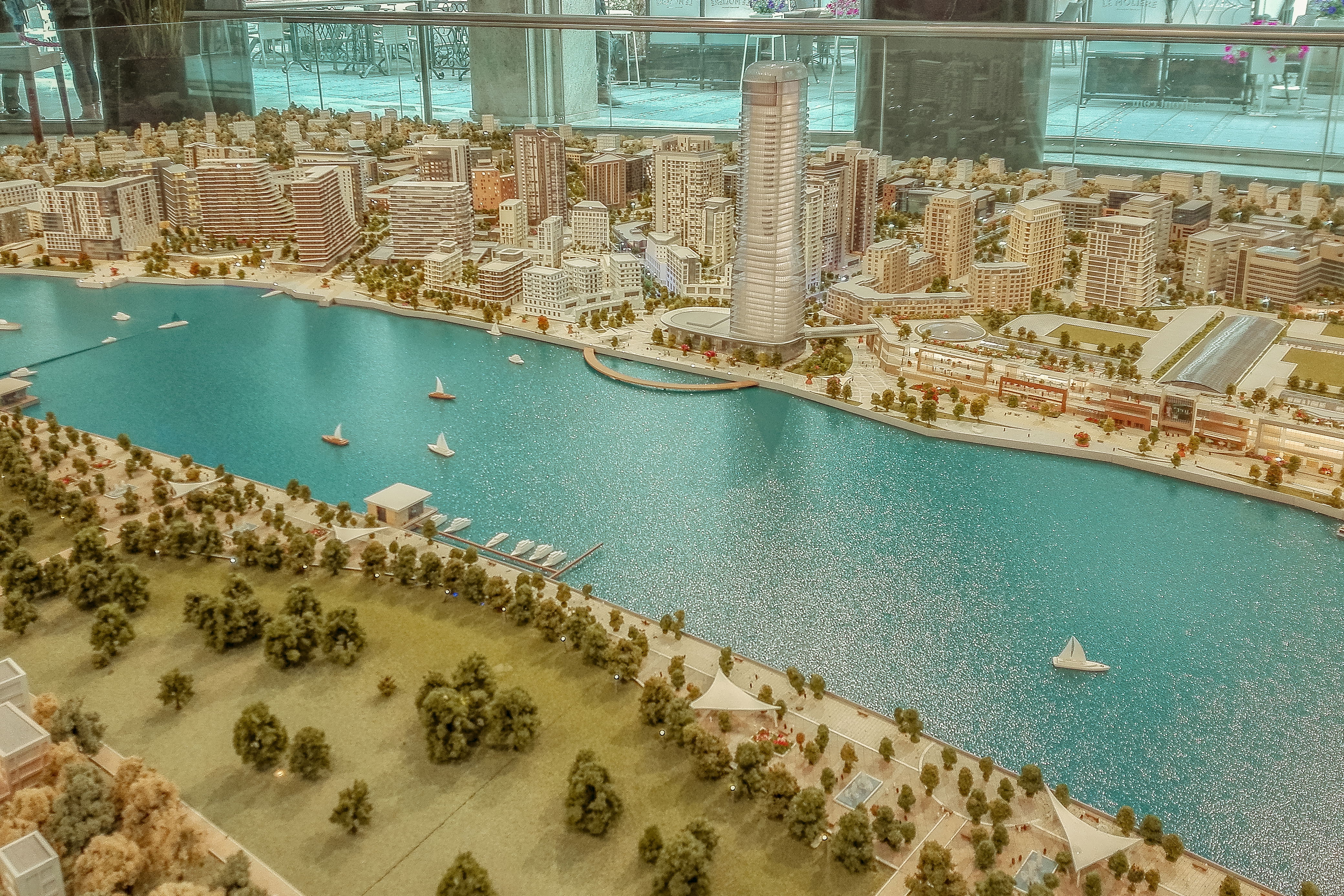
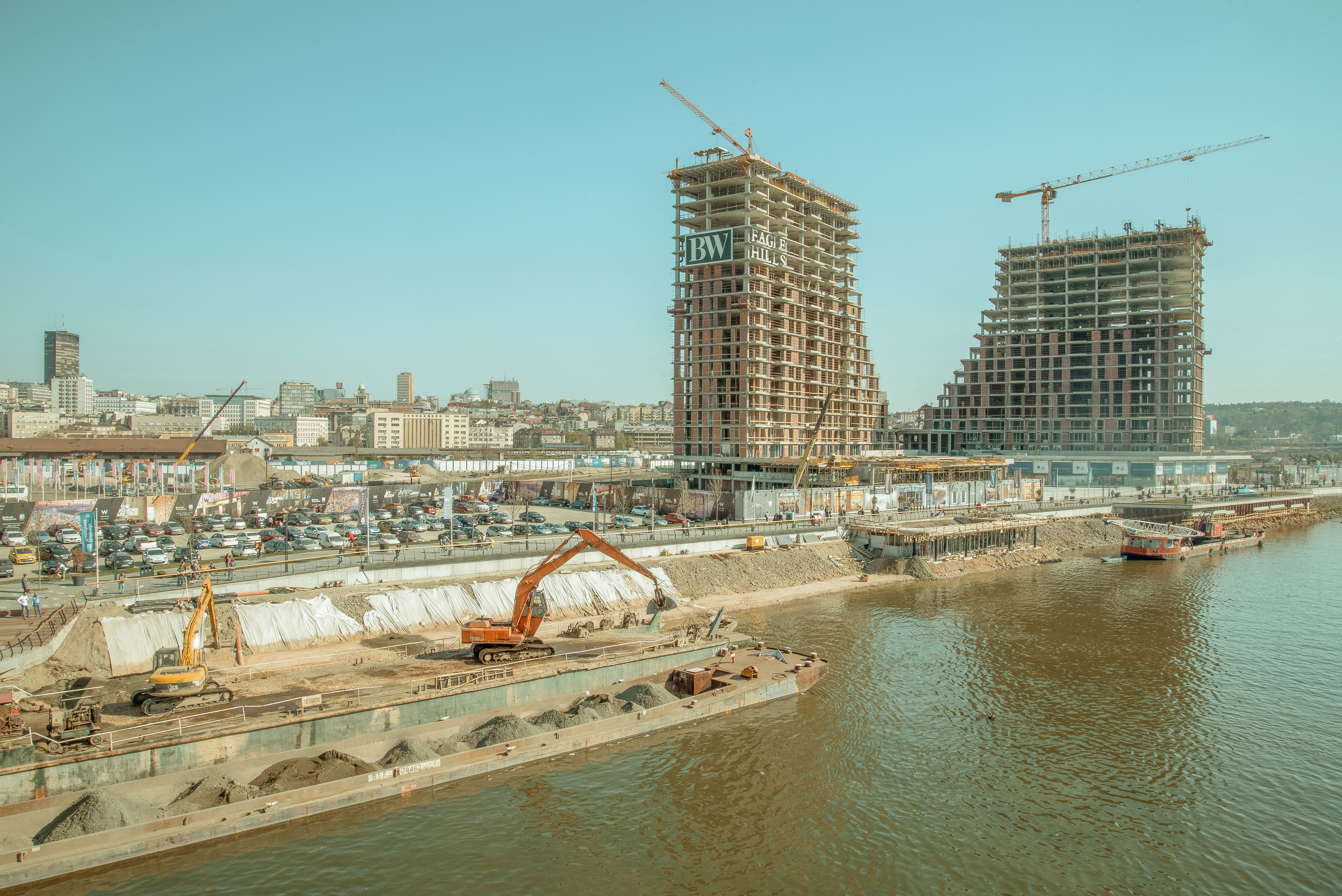
More recently, Serbia is stigmatizing the invasion of Ukraine but not the sanctions against Russia, due to the alliance between Presidents Vucic and Putin. Always a metaphor of contrasts and contradictions, this region that looks both to the West and has financial support from the Emirs, had to face yet another historical passage between 2016 and 2017: the flow of migrants along the Balkan Route with one of Europe’s most crowded former refugee camps right in the way of the ‘Belgrade Waterfront.’
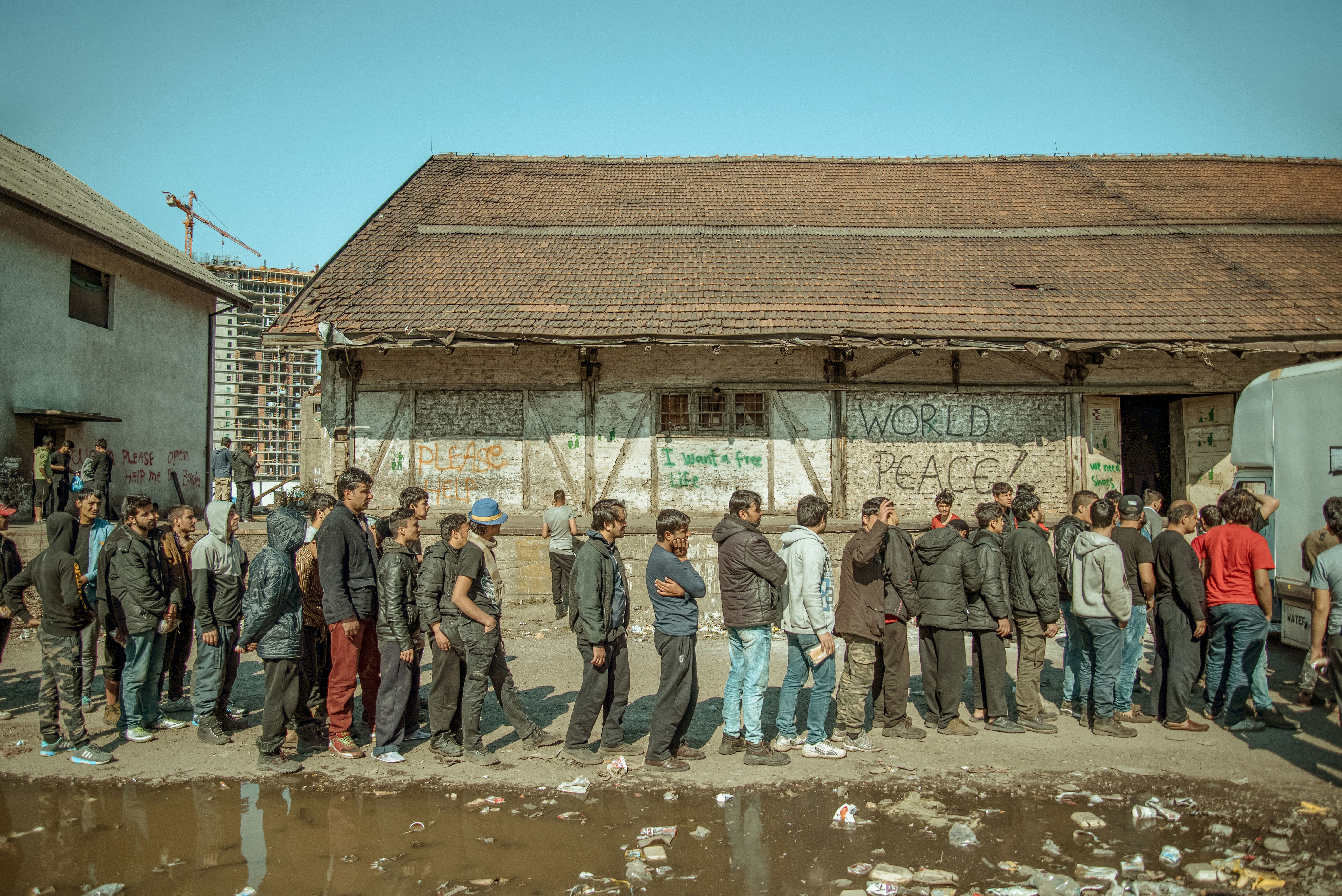
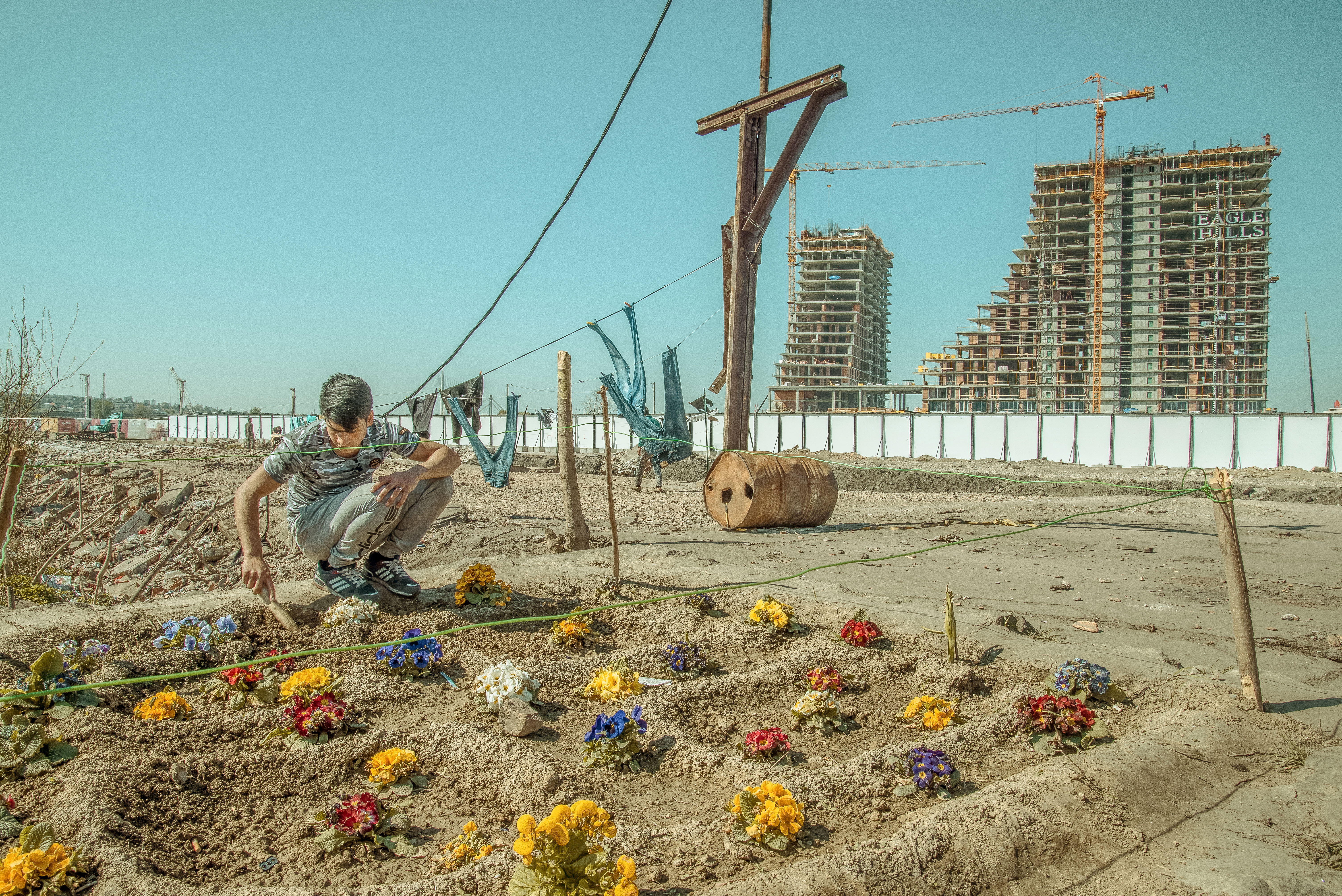
The colossal ‘Belgrade Waterfront’ project also raises questions, perplexity and identity confusion: is the social and urban transformation comparable to a form of accelerated and fierce gentrification, or is it the natural development of a western metropolis?
Is gentrification itself the new lifeblood of tourism (foreign, luxury and with valuable currency), a necessary step to re-evaluate and enhance real estate assets? Or a process that only depersonalizes places and identities, embodying the negative aspects of globalization?
They are questions that need time. In a society that often makes consumerism and material well-being its engines, many find themselves either nostalgic or resentful of Serbia’s Soviet history and Tito’s Yugoslavia. In the end, one question certainly remains for the new Belgrade which challenges who truly benefits from the evolution of urbanity, and what that means for those who are left behind.
